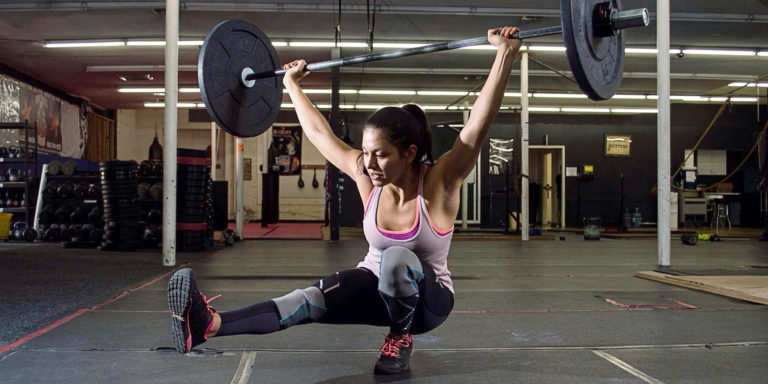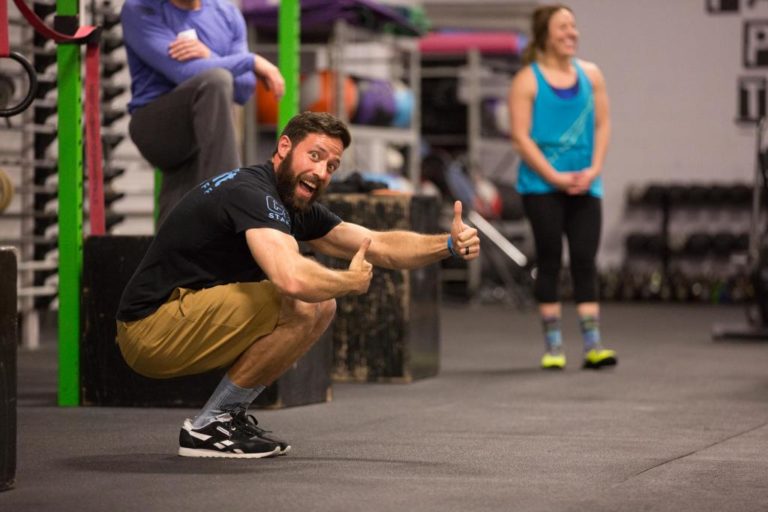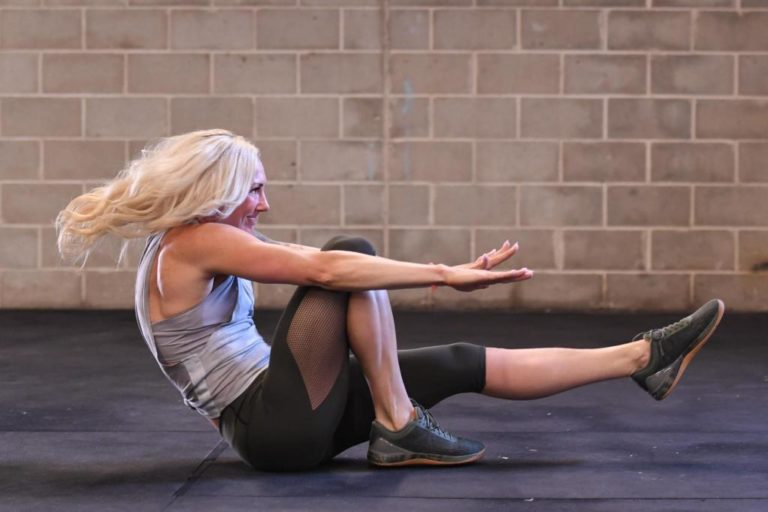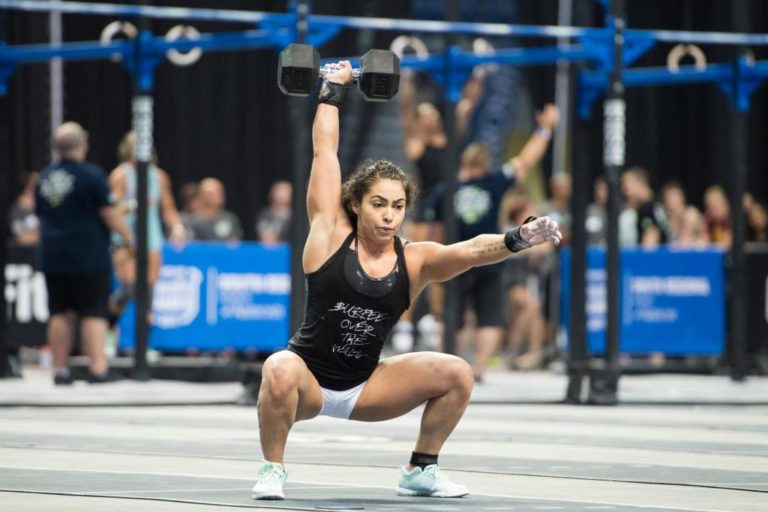Originally published August, 2018, in The CrossFit Journal.
When a CrossFit athlete thinks of a pistol, aka a one-legged squat, he or she might view the movement simply as a skill to be acquired and used in workouts. For a gymnast, acquisition of a skill does not represent an end point but rather a step in a ladder that leads to more complex and challenging skills. To a gymnast, the pistol has much more depth and transferability.

(Billy Campana / CrossFit Journal)
Gymnasts warm up with one-legged squats daily on the floor and the beam to improve balance and strength, which are both needed when landing on one leg after flips, leaps and jumps. The pistol is also useful to increase flexibility, which is needed to a greater degree if an athlete lands “short” on a tumbling pass. Overall, practicing one-legged squats ensures gymnasts have a solid base of balance, strength and flexibility. This foundation allows progress to more difficult skills and is also key to avoiding injuries.
The pistol requires a combination of balance, coordination, strength and flexibility, making it a prerequisite for loaded movements that require the same type of ankle and hip flexibility, such as the barbell overhead squat, the single-arm dumbbell overhead squat and the snatch balance. Pistol drills will ultimately improve your overhead squat by improving ankle flexibility as you lower into the squat, balance as you move through space, coordination and timing of core-to-extremity movement, and unilateral strength.


